
Graphic by Kat Townsend
With a topic so expansive and rapidly evolving, it would be impossible to provide a comprehensive exploration. Instead, we examine it from a few angles.
First, we speak to three experts who provide insight into the development and use of, and expanding access to, tools and technologies that are dramatically advancing conservation and restoration: Serge Wich of Liverpool John Moores University, Jessica Webb of the World Resource Institute’s Global Forest Watch program, and Stephanie Feeney of Restor.
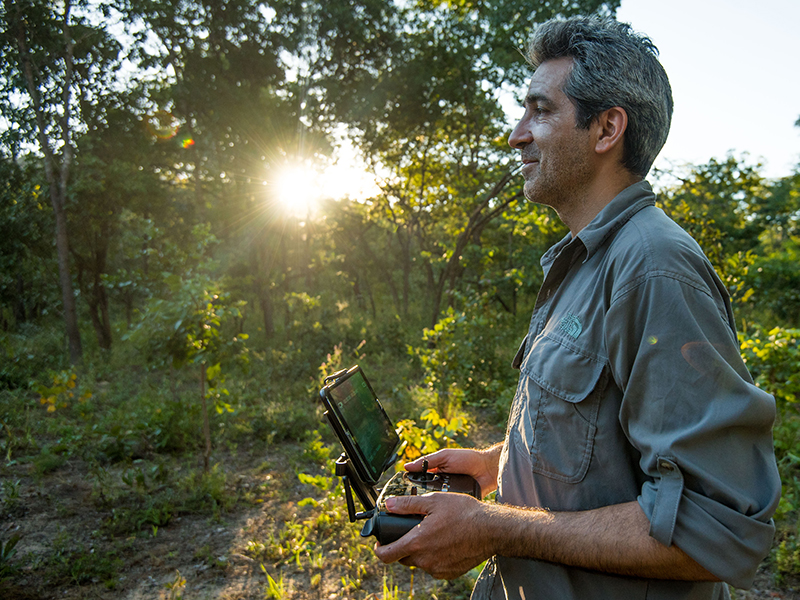
Serge Wich ©Jeff Kerby
We shine our nonprofit spotlight on WILDLABS, an online hub for the conservation technology community that is connecting thousands of practitioners, researchers, field biologists, activists, engineers, and developers from more than 120 countries around the globe.
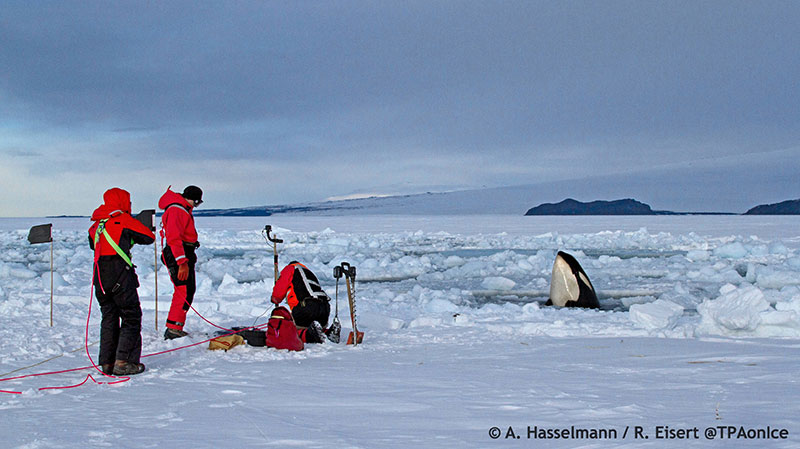
Researchers from Top Predator Alliance, a member of the WILDABS community, combine acoustic monitors with surface and underwater camera traps in Antarctica. © A. Hasselmann, R. Eisert, TPAonIce
Biohabitats Geospatial Manager and Data Scientist, Chris Rehak examines the impact of remote sensing and crowdsourcing on our work, and Bioworks Practice Lead Chris Streb wonders if sensors might regulate the ecosystems of tomorrow. Senior Ecologist, Jessica Hardesty Norris discusses the promise of eDNA for monitoring high-performance landscapes and designs that attempt to restore ecological function.
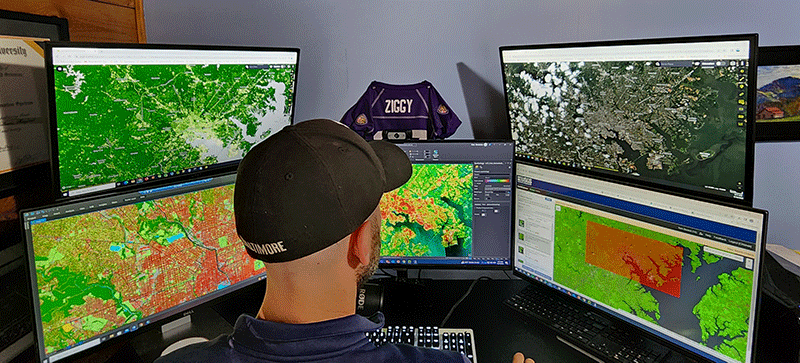
Biohabitats GIS Manager/Data Scientist, Chris Rehak at work
Jennifer Dowdell, Senior Technical Advisor for Landscape Ecology Planning and Design, reminds us of the risks–both ethical and practical–of turning to technology as a panacea for all conservation and restoration challenges.
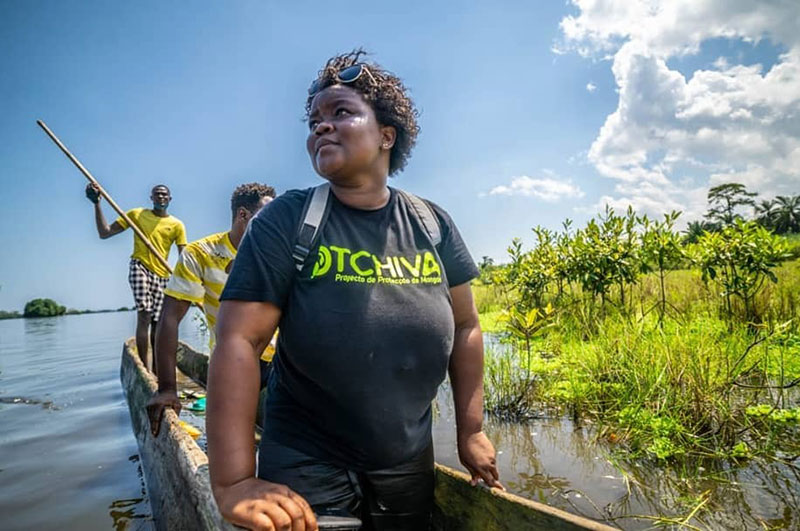
Efforts by the NGO Otchiva to restore mangroves along the coast of Angola are visible on Restor
Landscape Architecture Foundation Ignite participant and University of Pennsylvania MLA candidate Charlye Stewart shares her thoughts about the role of AI in the future of landscape architecture. We provide resources for those seeking a deeper dive into the topic, and as always, we catch you up on the latest news at Biohabitats.
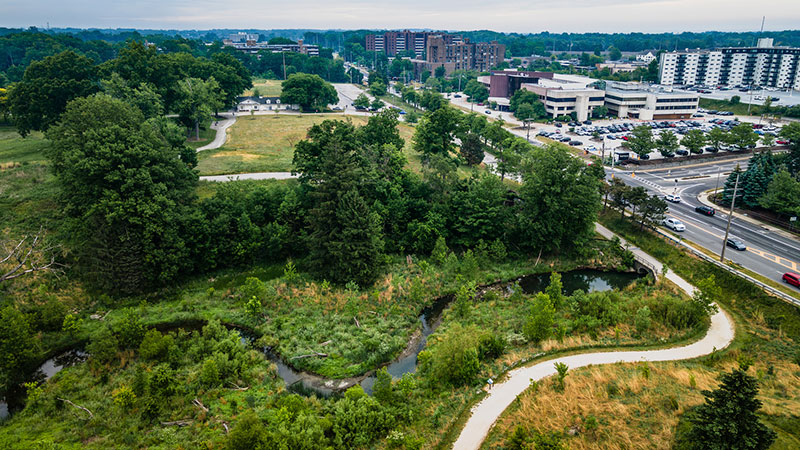
Acacia Reservation ©David Ike Photography

